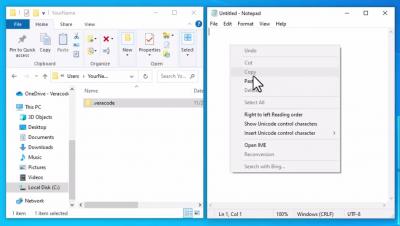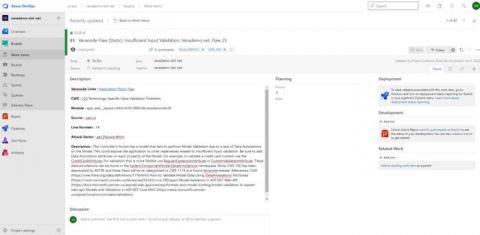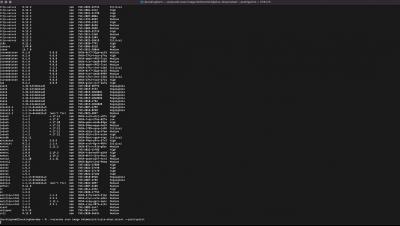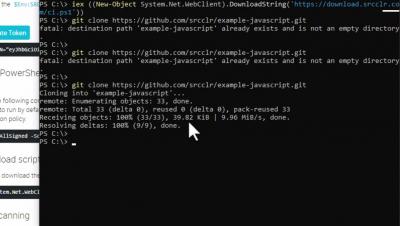Security | Threat Detection | Cyberattacks | DevSecOps | Compliance
Veracode
Resolving CVE-2022-1471 with the SnakeYAML 2.0 Release
In October of 2022, a critical flaw was found in the SnakeYAML package, which allowed an attacker to benefit from remote code execution by sending malicious YAML content and this content being deserialized by the constructor. Finally, in February 2023, the SnakeYAML 2.0 release was pushed that resolves this flaw, also referred to as CVE-2022-1471. Let’s break down how this version can help you resolve this critical flaw.
Answering the Call: 3 Software Security Pillars Addressed by the National Cybersecurity Strategy
Staying ahead of the cyberattack curve in a constantly evolving world requires a comprehensive strategy. Today's release of the Biden-Harris Administration's National Cybersecurity Strategy provides an extensive roadmap for impacting both public and private security efforts. In this blog post, we’ll take an in-depth look at three of the most software-related strategic objectives: software liability, open-source software usage, and cybersecurity workforce readiness.
SAST Tools: How to Integrate and Scale Security Workflows in the SDLC
Static Application Security Testing (SAST) tools present a significant opportunity for organizations looking to reduce application security risk. However, not all workflows or tools are created equal. Using the right SAST tools at the right times, you can seamlessly integrate and scale security workflows throughout the software development lifecycle (SDLC).
Veracode Container Security
How to Leverage Veracode Container Security to Secure Cloud-native Application Development
Cloud-native software development is a driving force because it empowers teams to build and deploy applications at speed and scale. Along with microservices, cloud infrastructure, and API’s, containers are a crucial part of this development process. Let’s look at the security implications of containers in cloud-native application development and how to manage the security challenges they pose.
4 Categories of Container Security Vulnerabilities (& Best Practices to Reduce Risk)
Containerization is becoming increasingly common due to portability, ability to isolate application dependencies, scalability, cost effectiveness, and ease of use. The ability to easily package and deploy code has changed the way that organizations work with applications. But like with Windows servers years ago, or AWS today, any time one specific technology gains a significant portion of the market share, it becomes a target for attackers.
Quick Start Guide: Integrate Veracode in Your DevOps Pipeline
For today’s DevSecOps teams, the demands continue to intensify. Application portfolios and codebases continue to grow, while cyberattacks remain an ever-present danger. More than ever, it’s vital to ensure security gaps are identified and addressed with maximum speed and efficiency. In order to do this, you need to establish a continuous feedback loop on security threats, so you can realize optimized, sustained results – which is exactly how Veracode helps.








